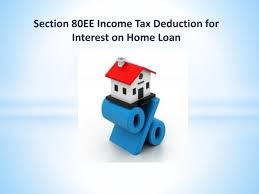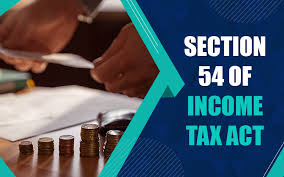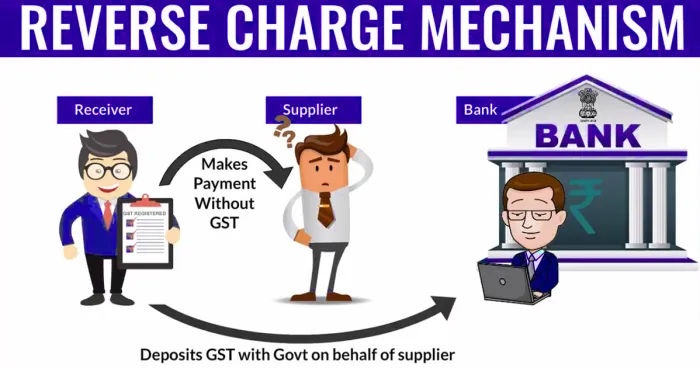Senior Citizen Pilgrimage Scheme
The historical attacks on India’s cultural and religious heritage and highlighted that many such sites have been destroyed by the invaders. However, he complimented Prime Minister Narendra Modi for his efforts in protecting and developing these cultural centres. By taking inspiration from PM Modi’s initiatives, the Rajasthan government is concentrating on developing faith centres and planning pilgrimage […]







